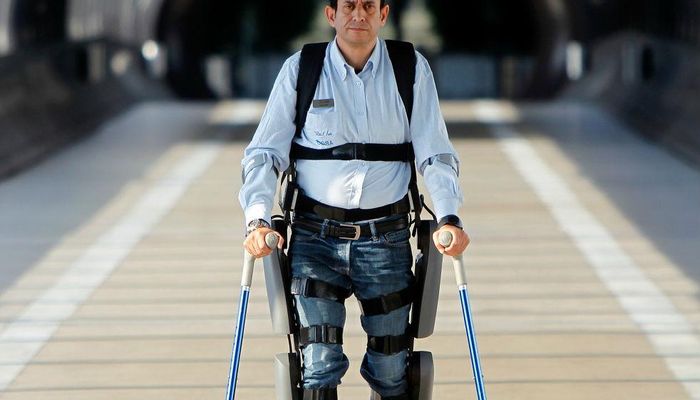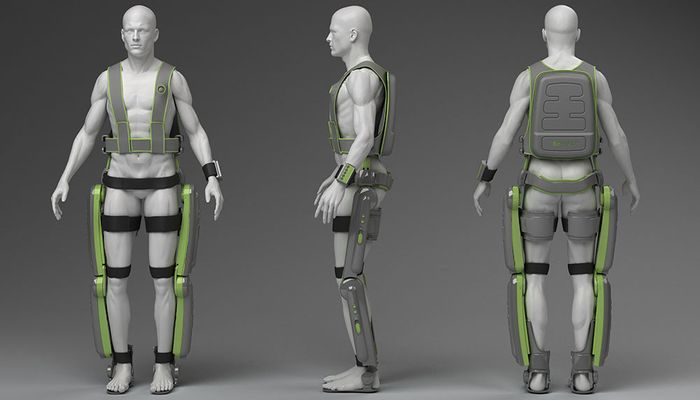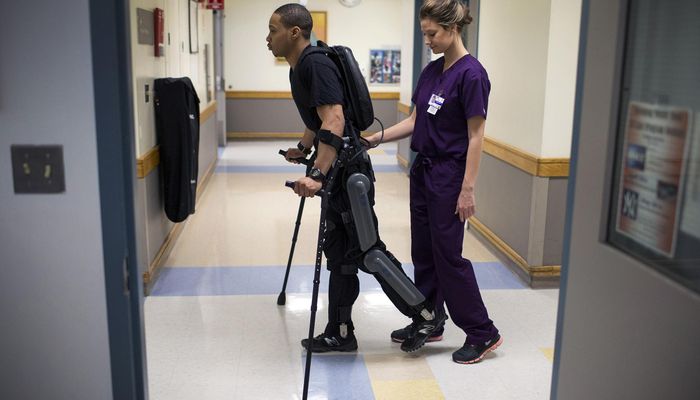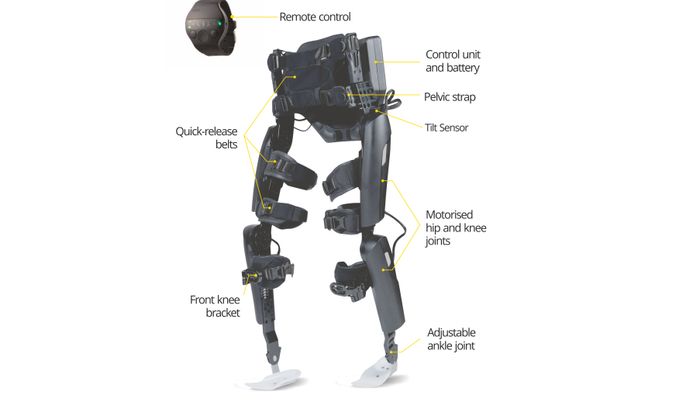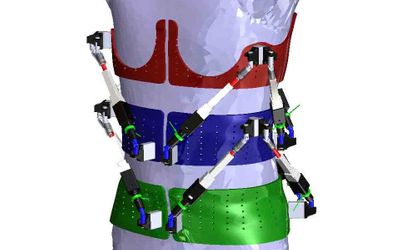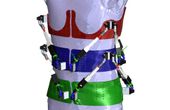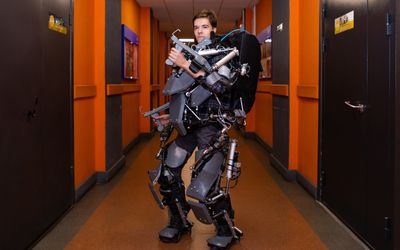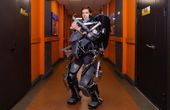ReWalk Personal 6
ReWalk is a powered gait orthosis for lower-limb mobility-impaired adults. ReWalk consists of fitted, metal braces that support each leg and part of the upper body. The Rewalk is designed for clinical rehabilitation for people that suffered lower limb injuries. The system is adjustable for different users and can accommodate a range of heights 160 cm to 190 cm and weight up to 100 kg. This wearable technology allow the user to walk, stand, sit and ascend/ descend stairs in the rehab center environment. The Rewalk provides means of exercise and therapy and reduces medication needs, improve bowel and bladder function, mental health, posture and balance, sleep and fatigue, decrease body fat, and pain.
Technical Specifications
| Height accomodation | 160 to 190 |
| Weight accomodation | 100kg |
| Speed | 0.71 |
| Components | |
| Power |
Overview
The Rewalk is designed for clinical rehabilitation for people that suffered lower limb injuries. The system is adjustable for different users and can accommodate a range of heights 160 cm to 190 cm and weight up to 100 kg. This wearable technology allow the user to walk, stand, sit and ascend/ descend stairs in the rehab center environment. The Rewalk provides means of exercise and therapy and reduces medication needs, improve bowel and bladder function, mental health, posture and balance, sleep and fatigue, decrease body fat, and pain.
With joints running parallel to the hip, knee, and ankle, ReWalk is a full lower-limb orthosis. Unlike mechanical orthoses, ReWalk incorporates battery-powered bilateral hip and knee joint motors, a computerized control system, and a wireless remote control worn on the wrist. In addition to walking, the device also facilitates standing from a sitting position, sitting from a standing position, and navigating stairs.
Walking is initiated through minor trunk motions and changes in the centre of gravity, which are detected by a torso-mounted sensor. A software algorithm analyzes input from the sensor and generates pre-set hip and knee movements in alternating legs that result in stepping. Crutches are required to provide stability.
Two variants of the ReWalk device are commercially available: an adjustable model intended for multiple users in rehabilitation settings and a customized version for use by individual users at home or in the community.
References
Describes the project, has images, and testimonial video's.
Describes the project, specifications and contact details.
A systematic review of the literature on powered exoskeletons addressed critical questions: What is the current evidence of clinical efficacy for lower-limb powered exoskeletons?
Recommended Specs
Continue Reading
Fe+male Tech Heroes Role Models 23 - Nicole Hoebink: 'Diversity only works when paired with inclusion, equity, and good leadership'
Director of Installation and Maintenance for VodafoneZiggo, Nicole Hoebink lives “happily” in Den Bosch with her husband and her 14-year-old son. Walking their dogs is one of her favorite activities to relax and clear up her mind. Nicole has a background in economics.
